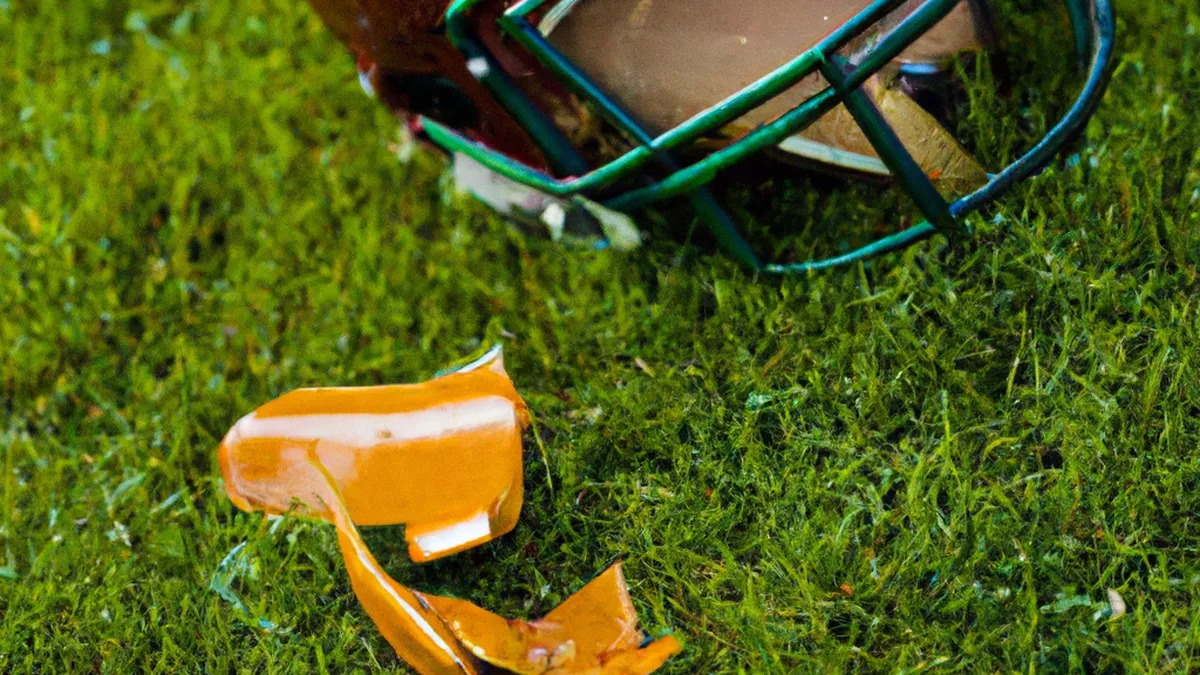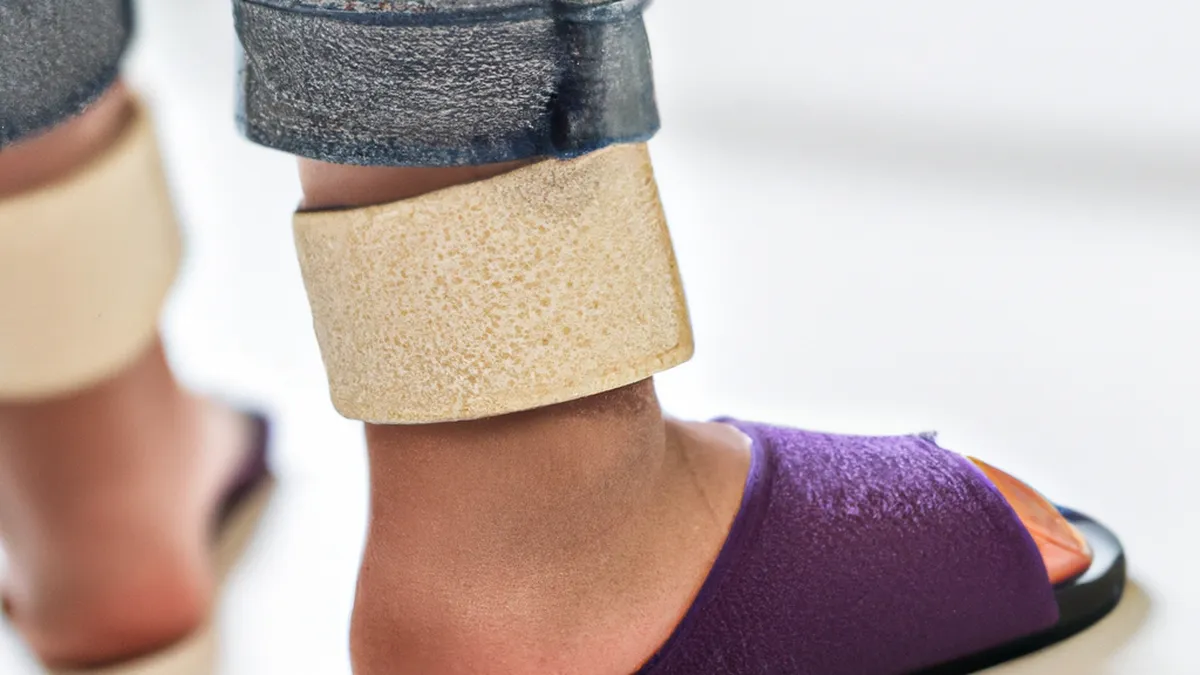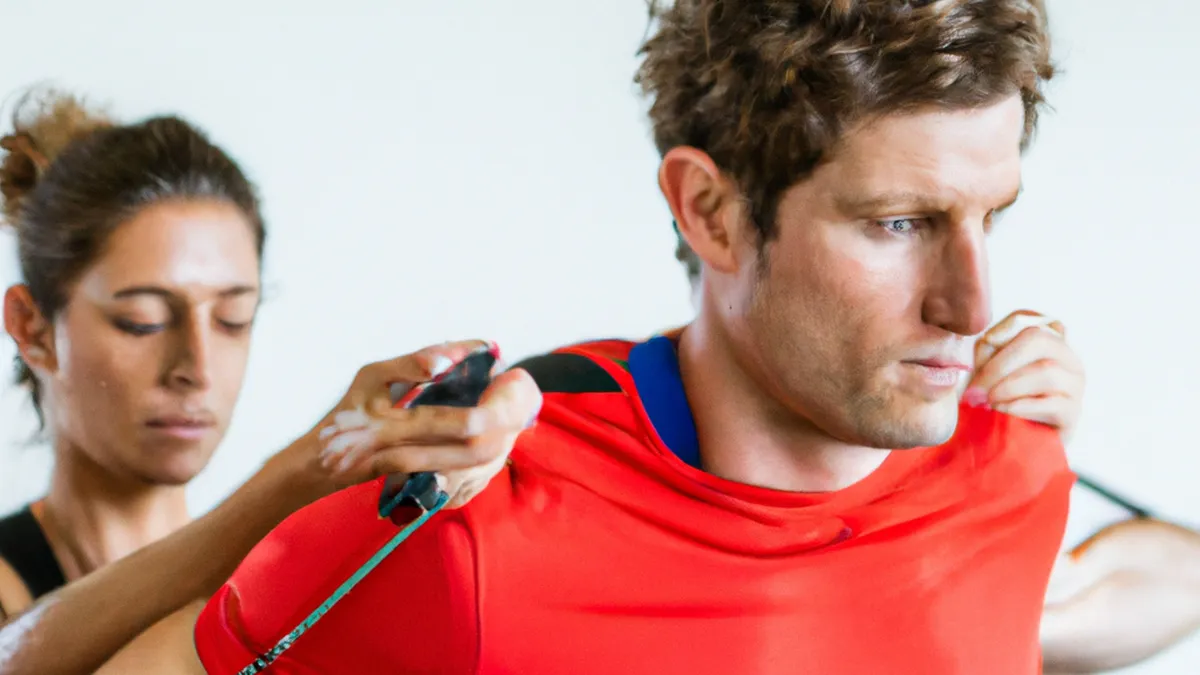Seasonal Sports: Bone Stress Risks in Women
Addressing Unique Risk Factors for Bone Stress Injuries in Female AthletesBone stress injuries significantly hinder athletic performance, causing time away from training and competition. Female athletes face higher injury rates due to physiological, nutritional, and psychological factors. Understanding these risk factors helps prevent injuries and optimize performance. This blog post outlines common risk factors for female athletes and offers prevention and recovery tips.
As an Amazon Associate I earn from qualifying purchases.
Gear tip: consider compression sleeves, compression socks, and patellar strap to support this topic.
Understanding Bone Stress Injuries
Bone stress injuries, or stress fractures, occur from repetitive strain on bones. Unlike acute fractures from traumatic events, stress fractures develop gradually. Factors such as overuse, improper training, inadequate nutrition, and medical conditions contribute to these injuries.Female athletes face specific challenges that increase injury risk. Hormonal fluctuations, energy availability, and intense training regimens critically affect bone health and performance.
Hormonal Influence
Hormonal health significantly impacts bone density and strength. Estrogen helps maintain bone mass, especially in women. It regulates the balance between bone resorption and formation. Female athletes with irregular menstrual cycles or low body fat may have low estrogen levels, compromising bone health. This condition often relates to the female athlete triad: disordered eating, amenorrhea, and osteoporosis.Low estrogen levels increase the risk of stress fractures and other bone injuries. Female athletes must monitor menstrual health and seek medical advice for irregularities.
Energy Availability
Energy availability affects bone health in female athletes. It measures the energy left after exercise expenditure. When athletes consume insufficient calories, they experience low energy availability. This condition can lead to hormonal imbalances and reduced bone density.Many female athletes, especially in leanness-focused sports, may inadvertently restrict caloric intake. Athletes must fuel their bodies adequately to support training and recovery.
Training Intensity and Volume
Training intensity and volume significantly influence bone stress injury risk. Female athletes often push themselves to meet performance goals, leading to excessive training without adequate rest. Overtraining causes fatigue, reduced performance, and increased injury risk.Gradually increasing training loads and incorporating rest days is essential for recovery and injury prevention. A well-structured training plan ensures optimal performance.
Conclusion
In summary, female athletes face unique risk factors for bone stress injuries. Monitoring hormonal health, ensuring energy availability, and managing training intensity are crucial for prevention and recovery.
Below are related products based on this post:
FAQ
What are bone stress injuries?
Bone stress injuries, also known as stress fractures, develop gradually due to repetitive strain on bones. They differ from acute fractures caused by traumatic events and are often linked to factors such as overuse, improper training, and inadequate nutrition.
Why are female athletes at higher risk for bone stress injuries?
Female athletes face increased injury rates due to physiological, nutritional, and psychological factors. Hormonal fluctuations, energy availability, and intense training regimens critically affect their bone health and performance.
How can female athletes prevent bone stress injuries?
Prevention strategies include monitoring hormonal health, ensuring adequate energy intake, and managing training intensity and volume. Gradually increasing training loads and incorporating rest days are essential for recovery and injury avoidance.















Post Comment